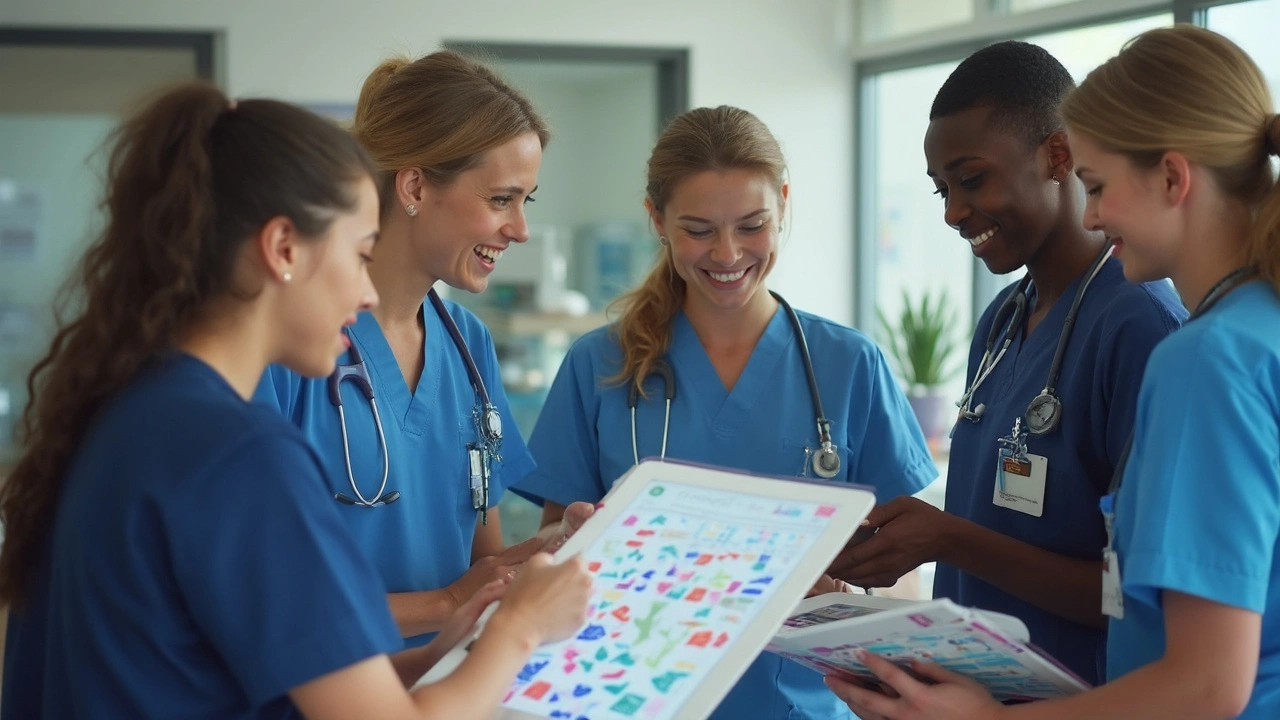Ethambutol plays a leading role in fighting tuberculosis, but it’s skilled healthcare professionals who make all the difference with personalized treatment, monitoring, and education. This article explores the drug’s actions, risks, and why teamwork between medical teams and patients is crucial for beating TB. Get practical tips, clear explanations, and a deeper look at real-life challenges in tuberculosis care.
Multidrug‑Resistant TB – Quick Facts and Real‑World Advice
Multidrug‑resistant tuberculosis (MDR TB) is a form of TB that doesn’t respond to the two strongest antibiotics – isoniazid and rifampin. It’s not a new bug, just a strain that learned to survive our best drugs. If you’ve heard the term and feel confused, you’re not alone. Below you’ll find plain‑language answers that help you understand the risk, the diagnosis, and what can be done.
How MDR TB spreads and is diagnosed
TB spreads through tiny droplets when a person with active lung disease coughs, sneezes, or even talks loudly. MDR TB spreads the same way – the only difference is the bacteria’s resistance profile. Close, prolonged contact in crowded spaces (family homes, shelters, prisons) raises the odds of catching it.
Doctors start with a standard chest X‑ray or a sputum sample. If the sample shows TB, they run a drug‑susceptibility test (DST). The test tells them whether the bacteria are resistant to isoniazid, rifampin, or other drugs. In many places, a rapid molecular test (like GeneXpert) can flag rifampin resistance within hours, giving a strong clue that MDR TB might be present.
Because treatment takes longer and involves more side effects, getting the right diagnosis early is critical. If you have a persistent cough, night sweats, or weight loss, ask your doctor about a TB test – especially if you’ve been in a high‑risk setting.
Treatment options and prevention tips
Treating MDR TB isn’t as simple as taking one pill a day. It usually requires a combo of 4‑6 drugs for 18‑24 months. Common agents include fluoroquinolones (like levofloxacin), second‑line injectables (amikacin or capreomycin), and newer drugs such as bedaquiline or delamanid. Side effects can range from nausea and joint pain to vision changes, so patients need regular check‑ups and lab work.
Adherence is the biggest hurdle. Missing doses gives the bacteria another chance to lock down resistance. Directly observed therapy (DOT), where a health worker watches you take each dose, remains the gold standard. Many programs now use video‑DOT, letting you record the dose on your phone.
Prevention boils down to two things: stop the spread and stop the resistance from forming. Vaccination with BCG still helps protect children from severe TB forms, though its effect on MDR TB in adults is limited. For contacts of MDR TB patients, doctors may prescribe preventive therapy with drugs that the specific strain is still sensitive to.
Everyday steps matter too. Good ventilation in homes and workplaces reduces droplet concentration. If you’re in a high‑risk environment, wear a mask that filters particles (N95 or higher). And if you ever finish a TB course, never stop the meds early – finish the full prescription even if you feel better.
Bottom line: MDR TB is tough but manageable when caught early, treated with the right drug mix, and supported by strict adherence. Stay informed, ask questions, and don’t ignore lingering respiratory symptoms. Your health, and the health of those around you, depends on early action.

